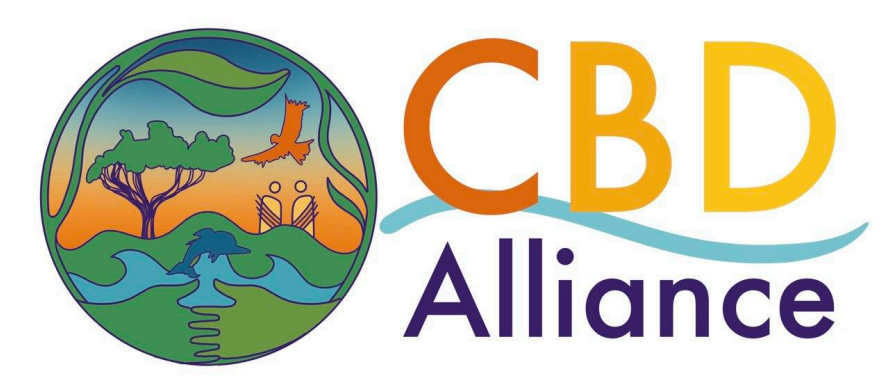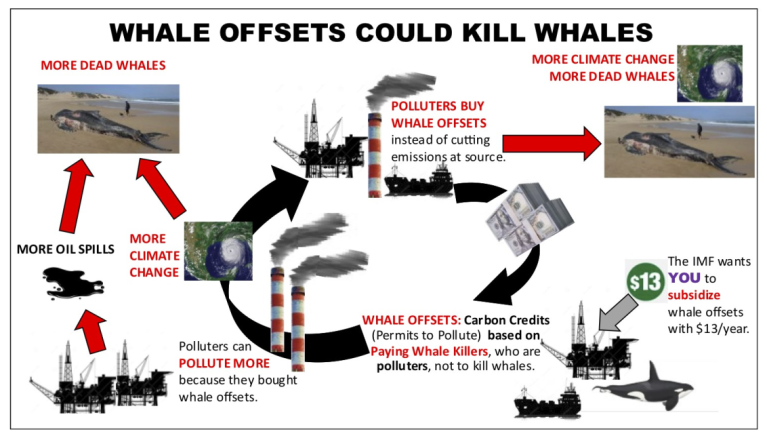To my surprise, the concept of gene drives itself was never properly explained. It was very clear that most people in the room did not understand what gene drives actually are — technologies designed to spread a genetic trait through a population so effectively that it can wipe out an entire species, for example malaria-carrying mosquitoes or invasive rats on islands. Yet, this profound and irreversible aim, nor its potential social and ecological consequences, were ever clarified. Instead, the focus of the event was almost entirely on describing the consultation process between pro–gene-drive researchers and Indigenous participants. The atmosphere was full of mutual compliments and respectful tones — but it felt as if those Indigenous representatives who had serious concerns about gene drives were not present. I later realized that Indigenous Peoples involved in this process had only been in dialogue with researchers promoting the technology, while those scientists warning of its environmental and social risks had never been invited into the discussion.
The process was presented as deeply spiritual, with repeated references to respect for Mother Earth, ethics, spirituality and to listening to each other. While such spirituality is essential, the core issues — how gene-drives may affect life, biodiversity, and cultural or spiritual relationships with the natural world — were never discussed. Spiritual moments were treated as proof of a meaningful process, but spirituality without substance can easily become a tool to mask imbalance.
As the discussion opened, most interventions turned to traditional medicines and past abuses by industry — legitimate concerns, but largely unrelated to the gene drive issue itself. This allowed the facilitator, who was clearly in favor of gene drives, to run out the clock without addressing the deeper risks and ethical questions.
As someone experienced in participatory processes, I could recognize a familiar pattern: when those in power seek “consent,” they often design dialogues that appear inclusive but strategically avoid real debate. The event left me with the strong impression that genuine participation was being replaced by performance — a process meant to legitimize rather than question.
Given how dangerous and irreversible gene drive technologies could be, any claim of Indigenous consent must come from a truly broad and inclusive process — one that actively seeks out and listens to those with deep concerns. Anything less risks turning consultation into complicity.

